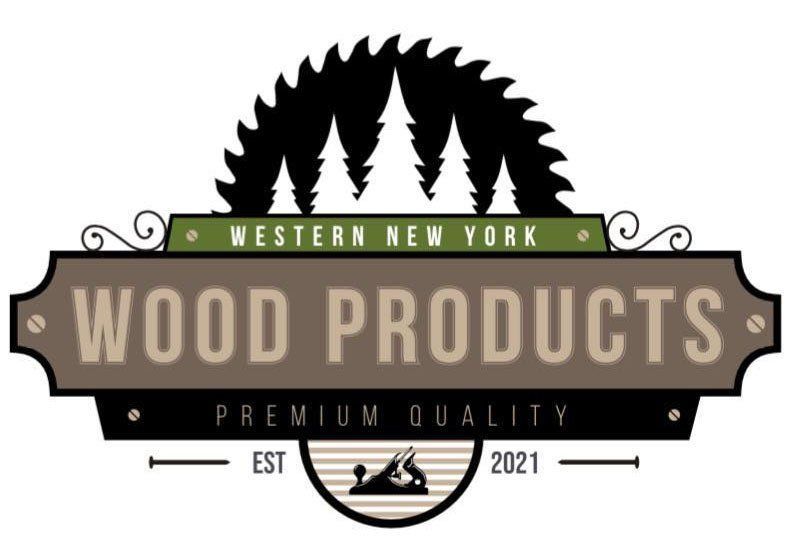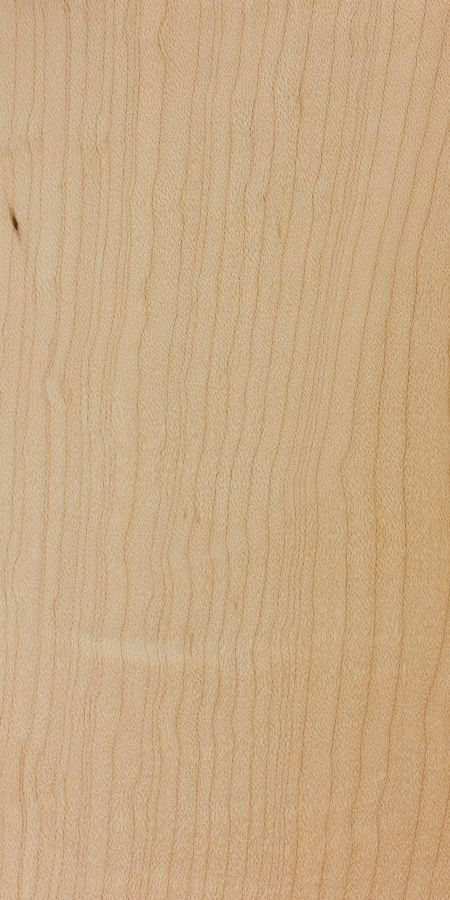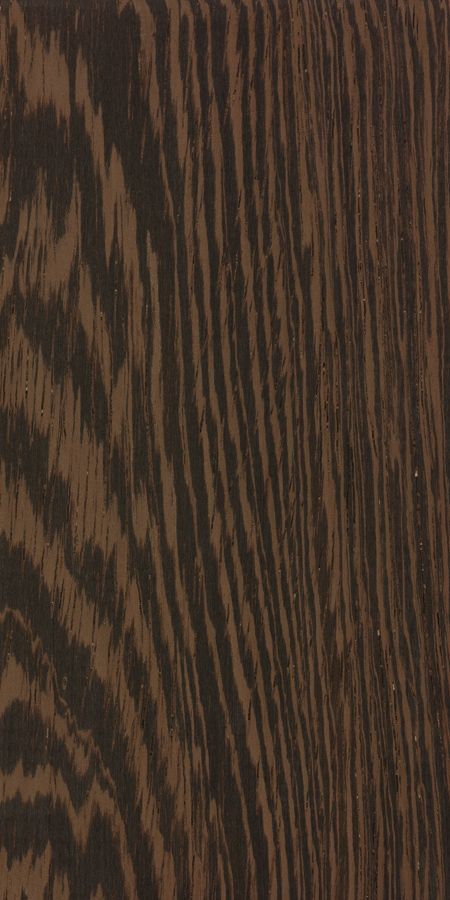Dimensitional Lumber types
White Oak
Red Oak
Ambrosia Maple
Spalted Maple
Hard Maple
Black Walnut
Curly Soft Maple
Black Cherry
Curly Black Cherry
Rustic Hickory
Flame Box Elder
Poplar
African Bubinga
African Wenge
Purple Heart
Paduk
Zebrawood
Inventory
Our Dimensional Lumber
Ambrosia Maple / $5 bft
So named for ambrosia fungi, which is found in association with ambrosia beetles. The beetles bore into the trunk of the tree, bringing with them the ambrosia fungi, which subsequently stains and discolors the surrounding wood. The discoloration can be very similar to spalted maple, though with ambrosia maple, the discoloration is centered around the boring paths of the beetles, and their entrance holes can usually be seen. (This also can create a challenge when finishing the wood as these holes usually need to be filled before a final finish is applied.)
Janka Hardness: 700 to 950 lbf (4,230 N) depending on species
Black Cherry / $6bft
Black cherry develops a rich reddish-brown patina as it ages that’s frequently imitated with wood stains on other hardwoods such as yellow poplar (Liriodendron tulipifera). This aging process can be accelerated by exposing the wood (in a judicious manner) to direct sunlight.
Janka Hardness: 950 lbf (4,230 N)
Black Walnut / $12bft+
It would be hard to overstate Black Walnut’s popularity among woodworkers in the United States. Its cooperative working characteristics, coupled with its rich brown coloration puts the wood in a class by itself among temperate-zone hardwoods. To cap it off, the wood also has good dimensional stability, shock resistance, and strength properties.
Janka Hardness: 1,010 lbf (4,490 N)
African Bubinga / $18bft
An immensely popular imported African hardwood, bubinga may be loved as much for its quirky name as it is for its strength and beauty. The wood is sometimes called kevazingo, a name usually applied to its decorative rotary-cut veneer. In addition to its myriad grain patterns, its strength-to-weight ratio (specifically its MOR) also ranks among the very best in the world.
Janka Hardness: 2,410 lbf (10,720 N)
Curly Maple / $6bft
Called curly maple because the ripples in the grain pattern create a three dimensional effect that appears as if the grain has “curled” along the length of the board. It’s also referred to as fiddleback maple, in reference to its historic use for the backs and sides of violins.
Janka Hardness: 700 to 1,450 lbf (6,450 N) depending on species
Hard Maple / $5bft
In tree form, hard maple is usually referred to as sugar maple, and is the tree most often tapped for maple syrup. (It’s also the state tree in four different states in the US.) Also called rock maple, its wood may be fairly considered as the king of the Acer genus. Its wood is stronger, stiffer, harder, and denser than all of the other species of maple commercially available in lumber form.
Janka Hardness: 1,450 lbf (6,450 N)
Poplar / $3bft
Poplar is one of the most common utility hardwoods in the United States. Though the wood is commonly referred to simply as “Poplar,” it is technically not in the Populus genus itself, (the genus also includes many species of Cottonwood and Aspen), but is instead in the Liriodendron genus, which is Latin for “lily tree.” The flowers of this tree look similar to tulips, hence the common alternate name: Tulip Poplar.
Janka Hardness: 540 lbf (2,400 N)
Red Oak / $4bft
Arguably the most popular hardwood in the United States, red oak is a ubiquitous sight in many homes. Even many vinyl/imitation wood surfaces are printed to look like red oak. Handsome, strong, and moderately priced, Red Oak presents an exceptional value to woodworkers—which explains why it is so widely used in cabinet and furniture making.
Janka Hardness: 1,220 lbf (5,430 N)
Rustic Hickory / $4bft
Hickory is among the hardest and strongest of woods native to the United States. On average, Hickory is denser, stiffer, and harder than either White Oak or Hard Maple. The wood is commonly used where strength or shock-resistance is important.
Janka Hardness: 1,880 lbf (8,360 N)
Soft Maple / $4bft
Don’t be fooled by the name, most species of soft maple have a hardness and density near black walnut (Juglans nigra) or black cherry (Prunus serotina)—two highly regarded cabinet woods in North America. Soft is a relative term, and is only used to differentiate it from hard maple (Acer saccharum). For many applications, soft maple’s hardness is sufficient, and its reduced density generally means it’s easier to work with and machine than hard maple.
Janka Hardness: 700 to 950 lbf (4,230 N) depending on species
African Wenge / $20bft
Usually pronounced WHEN-gii or WHEN-ghay, this incredibly popular African hardwood has excellent strength and hardness properties, though it’s much more frequently used for its rich dark brown color, which can be dark enough to be used as a substitute for ebony (Diospyros spp.) in certain situations.
Janka Hardness: 1,930 lbf (8,600 N)
White Oak (Flatsawn) / $4.50 bft
Strong, beautiful, rot-resistant, easy to work, and economical: white oak represents an exceptional value to woodworkers. It’s no wonder that the wood is so widely used in cabinet and furniture making.
Janka Hardness: 1,350 lbf (5,990 N)
White Oak (Quartersawn) / $12bft
Quarter Sawn White Oak is the same species as White Oak but the wood has been cut from the log at a different angle (quartered). It is more stable than standard (flat sawn) White Oak and has a finer texture with a dramatic flaking pattern that runs perpendicular to the grain.
Janka Hardness: 1,350 lbf (5,990 N)














